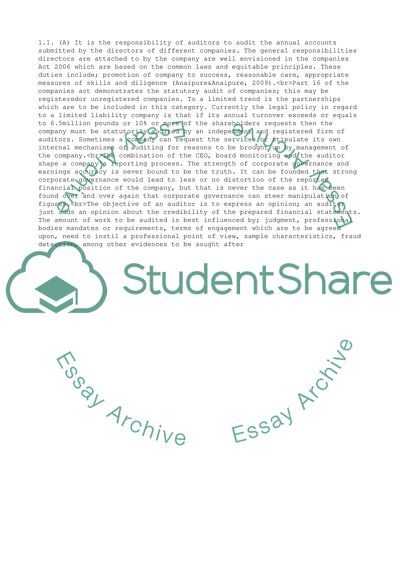Cite this document
(Not Found (#404) - StudentShare, n.d.)
Not Found (#404) - StudentShare. https://studentshare.org/finance-accounting/1808412-audit-in-course-assignment
Not Found (#404) - StudentShare. https://studentshare.org/finance-accounting/1808412-audit-in-course-assignment
(Not Found (#404) - StudentShare)
Not Found (#404) - StudentShare. https://studentshare.org/finance-accounting/1808412-audit-in-course-assignment.
Not Found (#404) - StudentShare. https://studentshare.org/finance-accounting/1808412-audit-in-course-assignment.
“Not Found (#404) - StudentShare”. https://studentshare.org/finance-accounting/1808412-audit-in-course-assignment.


